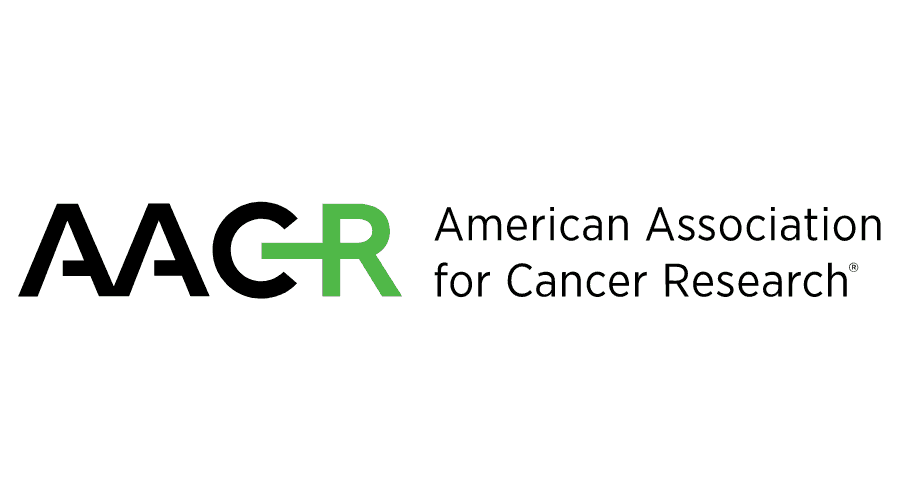Opinion
Video
Identifying Key Concerns and Needs in the Treatment of mNSCLC.
Specialists evaluate their clinical strategies for managing second-line driver-negative and initial PD-L1 negative patients.
Mark Socinski, MD: Josh, if you’re like me, when I start my clinic day, I show up early in my office and run my patient list and get all the information I need. And it’s interesting looking at what your clinic list looks like in terms of the mutations, fusions, PD-L1 status, and stuff like [that]. I haven’t seen the patient yet, but I think, what’s my plan going to be if this happens or that happens? I don’t know whether you do the same thing.
Joshua Sabari, MD: I do it the night before.
Mark Socinski, MD: I do it the morning of. I can’t remember that long. So when you look at that list, what is the greatest unmet need you see? Going to clinic, I have a plan for this patient, I have a plan for that patient…. What’s the unmet need out there?
Joshua Sabari, MD: The second-line driver mutation–negative population is the highest unmet need we talked about in my clinical practice. One of the second unmet needs is frontline PD-1– or PD-L1–negative [status]. That’s the patient population [that] I worry about up front. It’s the driver mutation–positive population where I know what I’m going to do and I know what I’m going to do for the next 2 or 3 lines. And then I know what clinical trial I offer that patient. It’s the patient who has a KRAS mutation or a SMARCA4 alteration, coalteration, or STK, KEAP1 [mutation]. I really worry about that patient in the frontline setting. How are they going to do if I offer them the kitchen sink, [such as] CTLA-4 inhibitor, PD-1 inhibitor or PD-L1 inhibitor, and chemotherapy? I do worry about that patient population. That’s probably one of the higher unmet needs in my clinical practice. What are you seeing in your practice?
Mark Socinski, MD: [It’s]similar. It’s all about the resistant populations. What are you going to do next? It’s [that] I don’t declare victory with docetaxel and ramucirumab. We have a very active early-phase clinical trial program. Sometimes they fit into that. I can reserve docetaxel standard treatment until the third line or something like that. But it is a challenge. We’ve done so much better in the first-line setting that patients are living longer, having control of their disease longer. But the question is, what do you do when that runs out? You brought up the PD-L1–negative [status]. What’s your standard approach in that population in your clinic?
Joshua Sabari, MD: Historically, patients [with] PD-L1–negative [disease] were getting chemotherapy and immunotherapy. If it was a patient [with] adenocarcinoma, [they would receive] carboplatin, pemetrexed, and pembrolizumab. But I’ve broadened my horizon a little to try to better understand, why [does] that patient [have] PD-L1–negative [disease]? What else is going on? So if the patient [has] PD-L1–negative [disease] and has these high-risk features, these coalterations that we talked about, STK11 and KEAP1, I am generally adding a CTLA-4 inhibitor in this population in this setting. We’ve also had a platinum shortage of late. I’m sure that’s affecting you in Florida. It’s affecting us here in New York. So we’re trying to think about how to navigate that setting in our patients. So [it’s] complex thinking about frontline non–small cell lung cancer [NSCLC] in 2023. What are you doing in a patient [with] PD-L1–negative [disease] in the front line as your standard?
Mark Socinski, MD: [It’s]not much different than what you’ve mentioned. We are paying attention to the comutation stuff and making decisions based on that. Interestingly, we haven’t felt the platinum shortage in central Florida, at least within our system. We have a huge system. I’m in clinic with one of our lead pharmacists every week. So I ask her every week, “How are we doing on platinum?” And she goes, “We’re doing OK. We’re getting shipments and stuff like this.” But we’re a very large [system]. If you’re more of an [independent practice], [such as] 5 oncologists in a private office, you may be having more issues in that setting. But has it affected you?
Joshua Sabari, MD: We still have platinum, but there is an email [address] that you have to request for permission. So we’re really trying to reserve it for patients who have curative disease. So adjuvant therapy, neoadjuvant therapy, has become a huge thing at our practice. Trying to use it appropriately in patients, I wasn’t able to use it in the inpatient setting for a patient [with] newly diagnosed small cell lung cancer. And I was shocked. But if you think about it, if you’re trying to utilize the therapy for the right patient populations, it may make sense. One thing to mention: We talk a lot about these subsets, STK11 and KEAP1. These are all from retrospective series. We need to build prospective data in our patients, and [as] you said, [for] the patient [with] driver mutation–positive [disease], we’ve sliced up that pie very closely and we know what therapies to give each patient. But in the driver mutation–negative [population], it’s still the Wild West even in 2023. We need more prospective data building upon PD-L1 expression right now because we know a significant patient population does not derive benefit from immunotherapy. How do we better meet their needs?
Transcript is AI generated and edited for clarity and readability.




